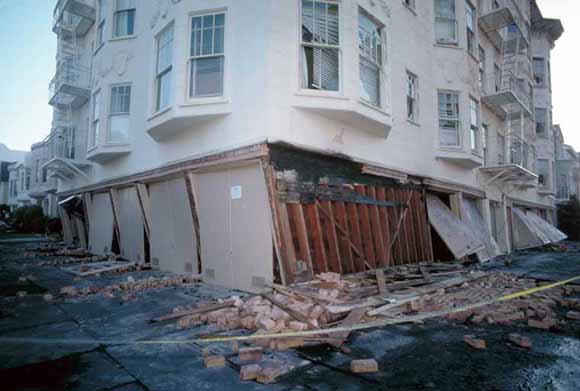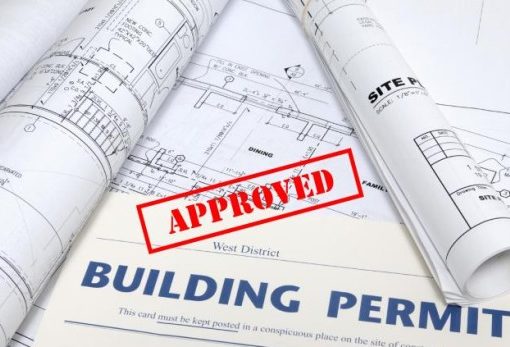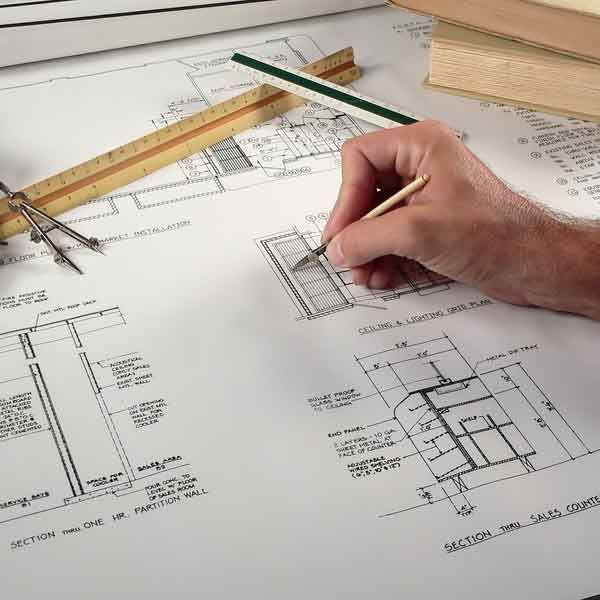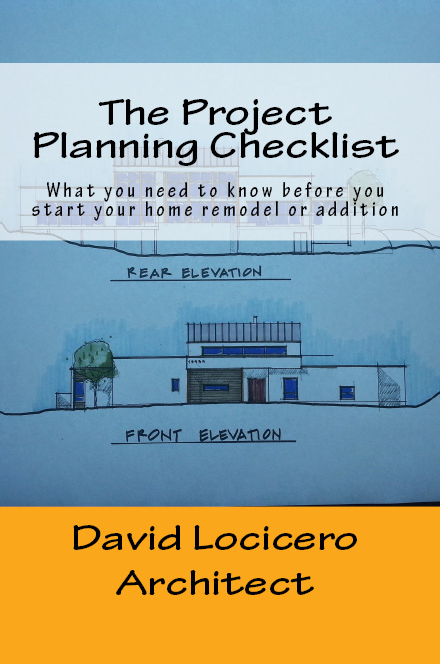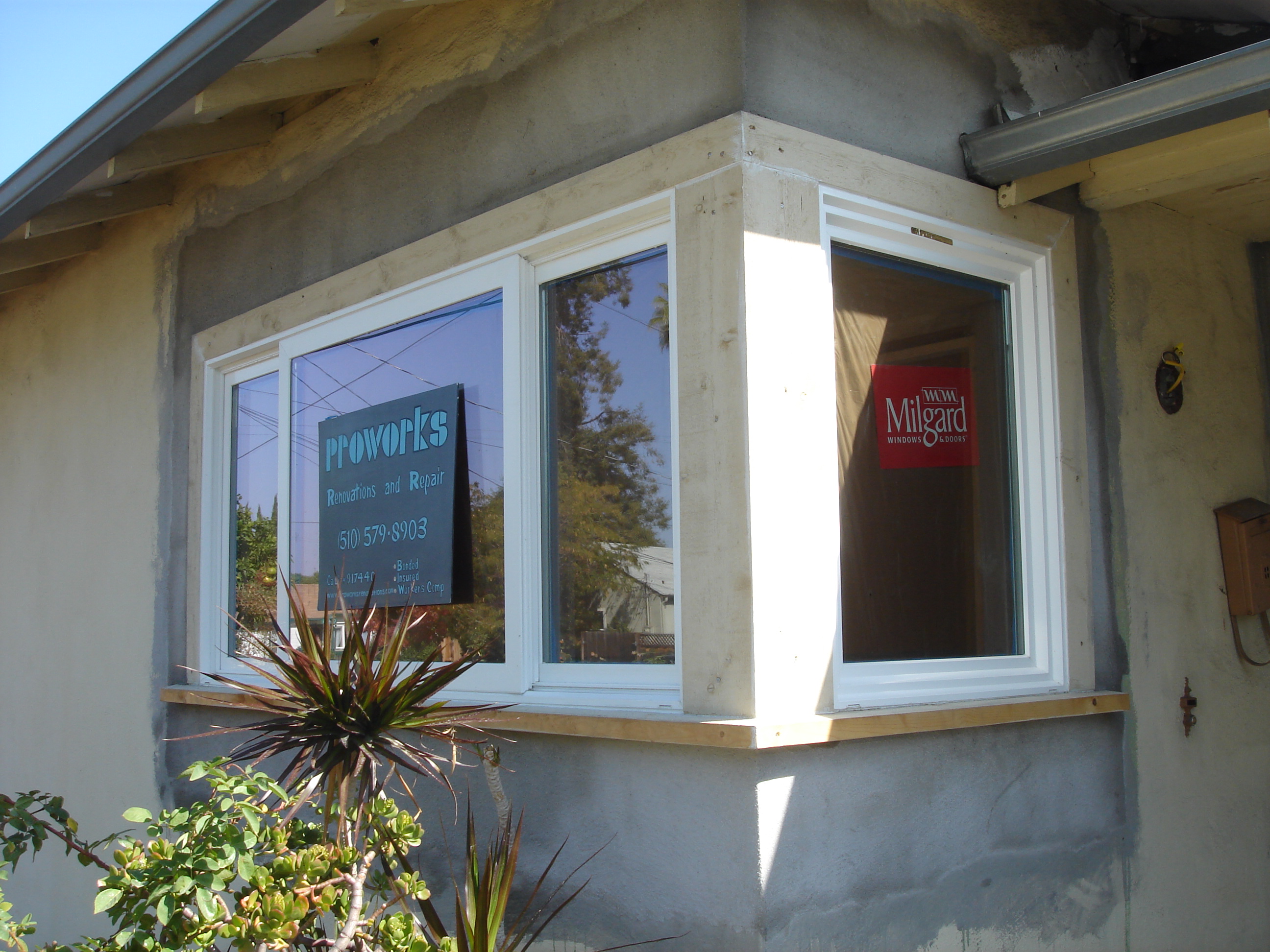After this weekend’s 6.0 earthquake centered near American Canyon in Napa County, it is understandable if you have earthquakes and earthquake safety on your mind.
Do you know if your house is earthquake safe?
While there is no structure that is “earthquake proof”, it is possible to do some simple things to improve the performance of your house in a minor to moderate earthquake. Let’s start with the easiest things first.
1. Anchor tall shelves and pieces of furniture to the wall.
Most injuries in a moderate earthquake are caused by falling pieces furniture. It is fairly easy to anchor furniture to the wall. There are kits you can buy at Home Depot, or you can make up an anchoring system with simple parts from the hardware store. You do need to be certain that you are anchoring to the studs behind the sheet rock, but other than that, it only takes a screw driver to do this. You can also put latches on cabinet doors and use museum putty to help stabilize glass objects on open shelves.
After these fairly easy things, it gets more involved, and you may want to consult with an engineer or an architect before proceeding.
2. Bolt the house to the foundation.
It sounds funny, but houses weren’t always bolted to their foundations as a matter of course. There are two reasons a house should be bolted to the foundation. If there is strong upward movement to the earthquake, houses can be thrown off their foundations. If there is a strong side to side movement to the earthquake, houses can slide off their foundations. Bolting the house to the foundation solves both these problems. The standard is to have a 1/2″ or 5/8″ diameter bolt every 4 feet around the perimeter of the house. If these bolts were not installed when the house was built, they need to be epoxied into place to a minimum depth. That can be determined by an engineer.
3. Address the “cripple wall”, if there is one.
A “cripple wall” condition describes a method of construction where the crawl space under the ground floor is created by building a short wall (12″ to 18″ high, generally) which is built on top of the foundation. Then the floor is framed on top of that wall. It makes sense to build this way for a number of reasons. These cripple walls rarely have sufficient shear resistance (the ability to resist side to side motion). This can be addressed by applying 5/8″ plywood sheathing to the interior of the cripple walls, with appropriate nailing.
Building this way also creates a weak joint in the vertical walls of the building. When a building shakes side to side, the walls can buckle at that joint where the floor is framed on top of the cripple wall. This can be addressed with metal straps that reinforce the connection between the cripple wall and the floor framing. An inspection by an engineer is required to determine if these are required.
4. Get your chimney inspected
If your chimney is made of bricks, stone, or any kind of masonry, have it inspected. Earthquakes can damage the flue inside a chimney. Fires in the chimney can easily spread to the house. Similarly, earthquakes can damage the chimney, weakening it. If it does not fall in the initial earthquake, if damaged, it can fall in subsequent aftershocks. Falling masonry is dangerous! There are chimney specialists who can inspect your chimney and let you know if it is damage and how to address the damage.
These are the major things to look at in an existing house to address earthquake safety. If your home was built in the last 10 to 15 years, it probably already complies with the current building codes. If you house is older, it may have been upgraded following the 1989 Loma Prieta earthquake. But it may not have been. If you bought your older home after the 89 quake, check your original purchase building inspection report to see if the inspector noted that this work had or had not been done. If you can’t lay hands on that report, you may want to have an engineer do a visual inspection. Some contractors who specialize in this kind of work can also make the determination if the work was completed.
Making these kinds of “upgrades” to your house is money well spent, both for your piece of mind and for your family’s safety. Items 2, 3 and 4 will require a building permit. In general, these upgrades do not require an architect. Depending on the city where you live, you may need a structural engineer, or they may accept just the description of the work prepared by the contractor. Bear in mind, however, that even buildings where this work has been done can suffer damage in a major earthquake depending on how close you are to the fault, the epicenter, and what kind of soil your house sits on.
For more information about living in earthquake country, visit the USGS website, Putting Down Roots in Earthquake Country.
The photograph is of damage caused to a building in San Francisco during the 1989 Loma Prieta earthquake. The kind of damage illustrated is an example of a “soft story” condition. A “soft story” is, in essence, a full height “cripple wall”. A soft story is when the first floor of the building has insufficient seismic resistance.

